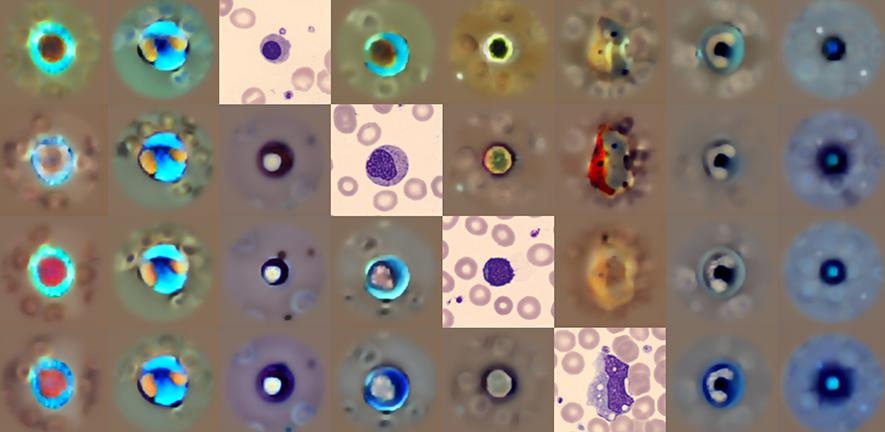Novel Method To Analyze Tumor Growth Rates Helps Tracks Progression Between Diagnosis and Surgery
Posted on 28 Jul 2025
Patients diagnosed with breast cancer often worry about how quickly their tumors grow while they wait for surgery, and whether delays in treatment might allow the disease to spread beyond the point of cure. One of the core challenges in addressing these concerns is the difficulty of accurately measuring tumor growth in real time. Traditional clinical tumor size, estimated through imaging tools like X-rays or CT scans, is often less precise than the actual pathologic size observed after surgical removal. Moreover, some observed cases of cancer upstaging — where localized cancer is found to have spread by the time of surgery — may stem more from inaccuracies in clinical staging than actual tumor progression. Researchers have now used an innovative method to assess how breast tumors grow in vivo during the period between diagnosis and surgery.
In the new study, researchers at Fox Chase Cancer Center (Philadelphia, PA, USA) used a novel approach that compares clinical tumor size with pathologic tumor size to estimate growth rates and upstaging risks. Drawing on data from the National Cancer Database, the team analyzed over one million patients with non-metastatic, non-inflammatory breast cancer who received surgery as their first treatment between 2010 and 2020. By focusing on the differences between clinical and pathologic measurements, the researchers were able to develop a more accurate model for assessing tumor progression during treatment delays. This methodology accounted for the inaccuracies often associated with clinical staging and offered a clearer understanding of the real risks involved.

The study, published in Annals of Surgical Oncology, revealed that most upstaging is due not to tumor growth but to limitations in imaging-based staging at diagnosis. Although the research confirmed that tumor growth occurs in the interim between diagnosis and surgery, the associated risks of upstaging remain relatively small. Even months-long delays generally result in only single-digit changes in mortality risk, reinforcing earlier data. These insights can help clinicians better counsel patients and reduce unnecessary distress, while improvements in diagnostic tools and clinical assessments may further minimize the risk of upstaging in the future. Building on this foundation, the team aims to continue refining staging accuracy and empowering patients with clearer, evidence-based guidance.
“The findings in this study expand our knowledge and offer new data to help counsel individuals diagnosed with breast cancer. As we continue to refine our diagnostic tools and clinical assessments, we will reduce the risk of upstaging even further,” said Richard Bleicher, MD, FACS, lead author of the study. “We may not be able to stop time, but armed with this new knowledge, we can use it more wisely, empowering patients to ensure that they feel urgency and not fear.”
Related Links:
Fox Chase Cancer Center














